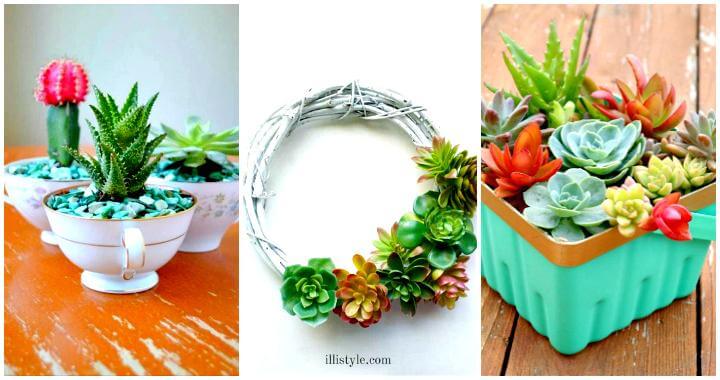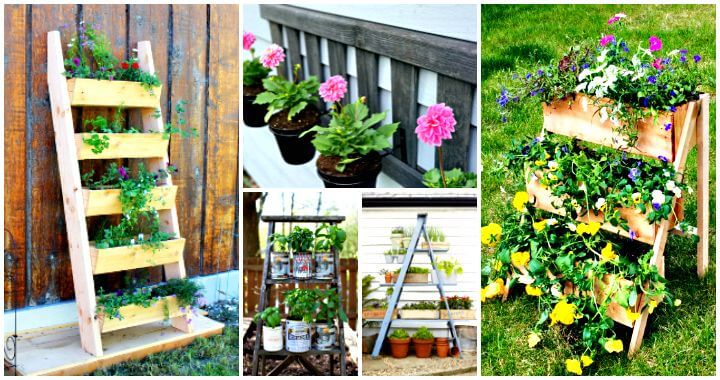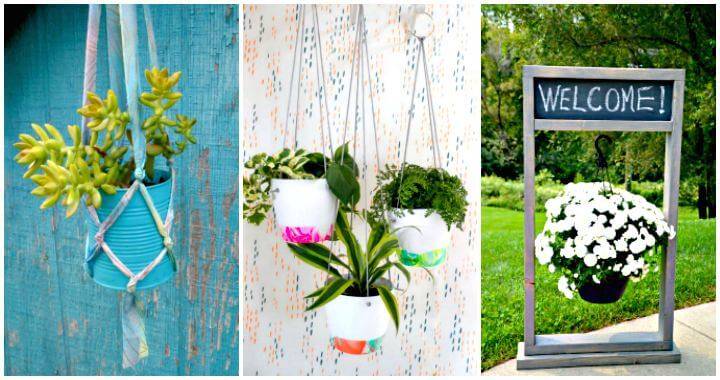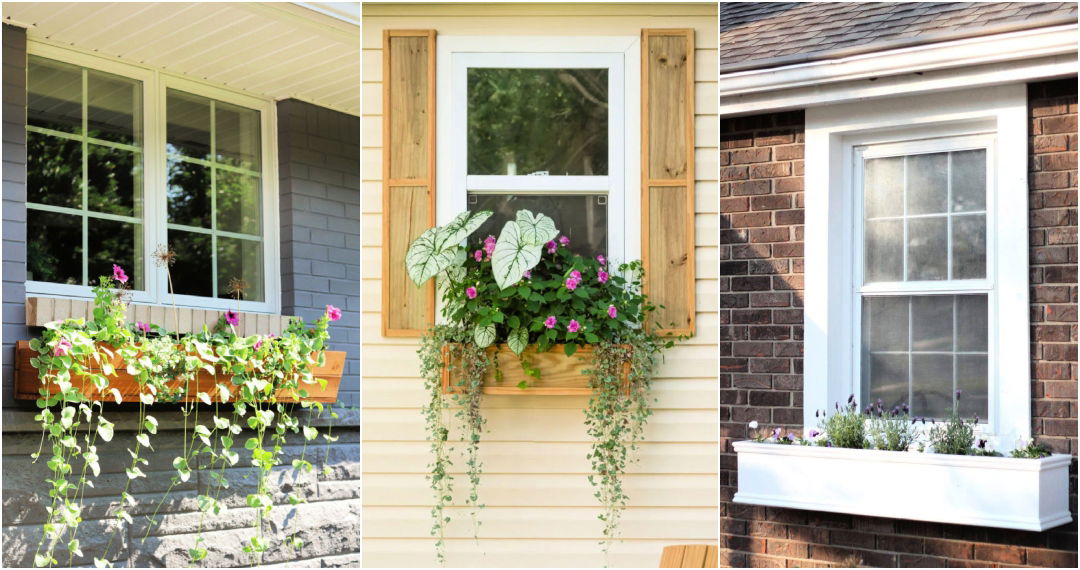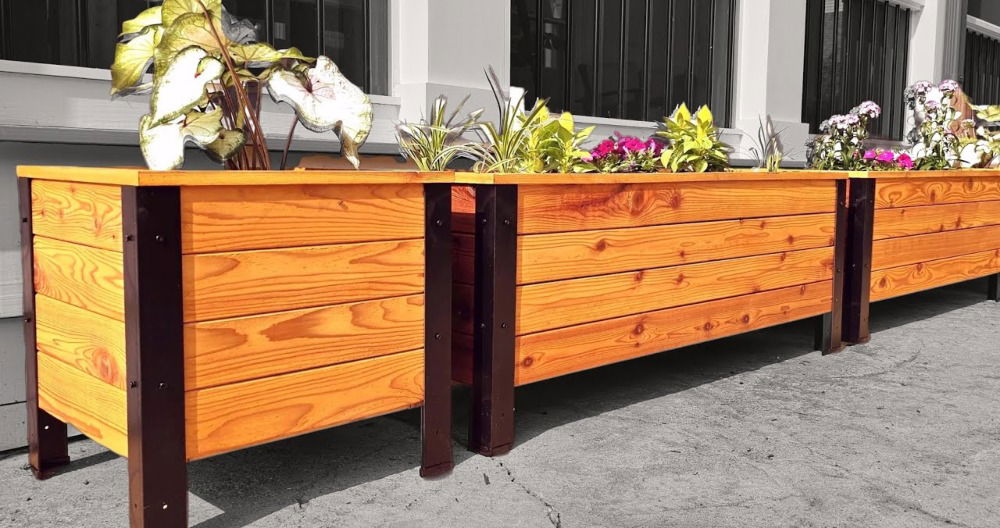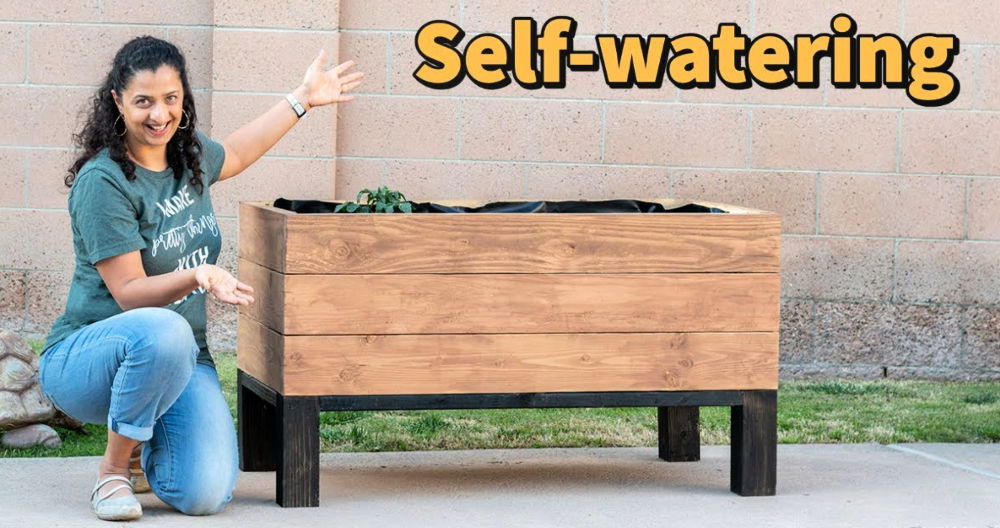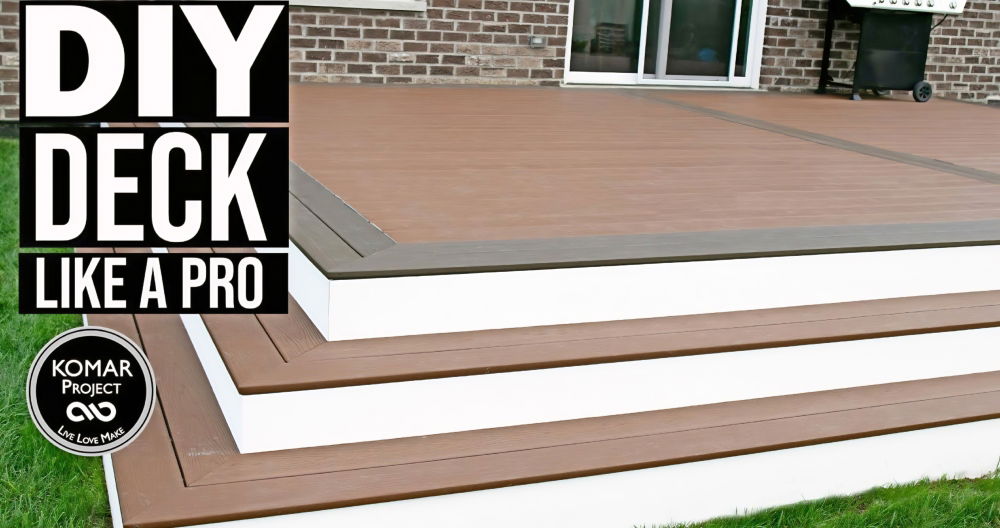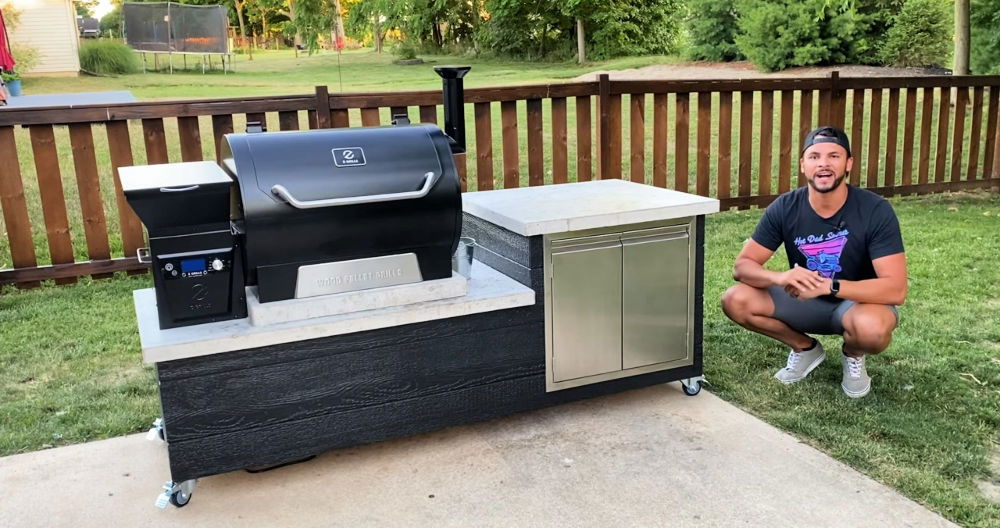Building a DIY strawberry planter was one of the most fulfilling projects I took on last summer. I started with a few wooden planks, nails, and a hammer. Making a simple strawberry planter box not only brightened up my garden but also provided fresh and juicy strawberries.
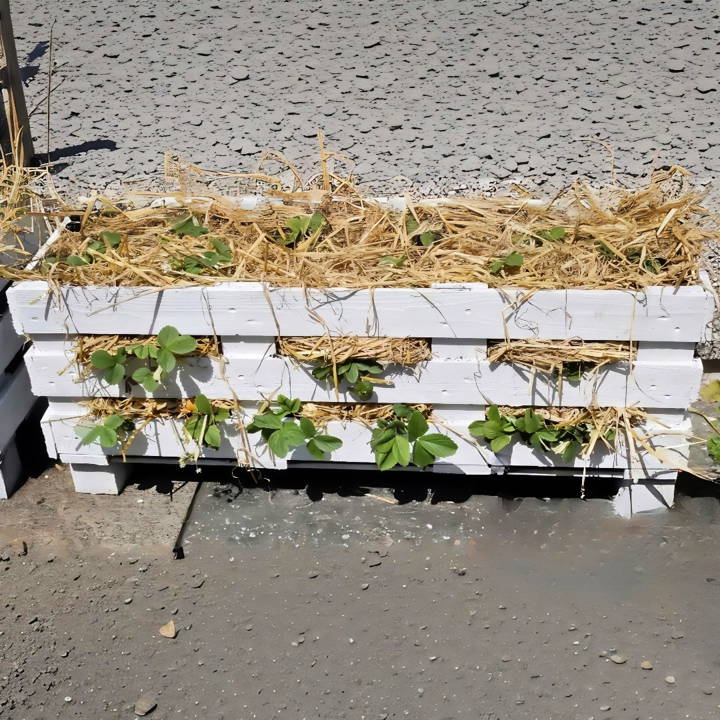
After constructing the box, I filled it with soil and planted the strawberry seedlings. Watching them grow was incredibly satisfying. Whether you enjoy gardening or are new to it, building a creative DIY strawberry planter is a fun project.
I'm helping with this: This guide will help you build your own strawberry planter and enjoy fresh strawberries at home.
Materials Needed and Their Importance
- Single Pallet (Heat-Treated): Ensure your pallet is stamped with "HT" to indicate it's been heat-treated rather than chemically treated. This is crucial for safe food gardening.
- Tools: A jigsaw, handsaw, screwdriver, mallet hammer, and possibly an iron wedge. These tools assist in cutting and assembling the pallet into a planter.
- Compost and Farmyard Manure: A mixture of these provides nutrient-rich soil for your strawberries to thrive in.
- Electric Screwdriver: For easily screwing pieces together.
- Paint (optional): For those who wish to add a pop of color or additional protection to the finished planter.
Step by Step Instructions
Learn how to build a DIY strawberry planter with our step-by-step instructions, from preparing the pallet to adding the final touches. Perfect for gardening enthusiasts!
Step 1: Preparing the Pallet
After securing a proper pallet, the first practical step is to safely cut it into three equal pieces, ensuring each piece includes an equal number of slats for a balanced look and functionality. Flipping and cutting the pallet to mirror the front cuts ensures you have the necessary sections for the planter's walls and base.
Step 2: Assembling the Planter
The previously cut sections now form the main structure of our planter. By aligning and screwing the bottom piece to the two sides, we build a sturdy base. This stage might require a bit of brute strength but persevere; the outcome is worth it.
Step 3: Crafting the Planter Walls
This step involves a bit of creativity. Using leftover slats, we build up the walls by screwing them to the base structure. It's a puzzle-like process that leaves room for personal touch. Trim any excess wood for a neat finish.
Step 4: Attaching the Feet
The feet are necessary for drainage and to prevent the wood from rotting quickly. Using blocks from the center of the pallet, attach them at each corner of the planter's base using screws. An electric screwdriver is invaluable here for securing the feet firmly.
Step 5: Final Touches
Whether you choose to paint your planter or leave it with its natural rustic charm, this step is where you can personalize your strawberry pallet planter. Saw off any protruding bits of wood for safety and aesthetic purposes.
Planting the Strawberries
With the structure now complete, line the bottom with wire mesh and straw to prevent soil erosion while allowing for effective drainage. Then, fill your planter with a mix of compost and farmyard manure, providing a rich environment for the strawberries to grow.
Spread the strawberry plants evenly throughout the planter, ensuring each has enough space to flourish. Regularly water your plants, especially during dry spells, to maintain moist soil conditions conducive to fruit production.
https://www.youtube.com/watch?v=K3eKc0eFbIA&ab_channel=LovelyGreens
Watering and Feeding Schedule for Strawberry Planters
Ensuring your strawberry plants receive the right amount of water and nutrients is crucial for a bountiful harvest. Here's a simple guide to help you maintain a healthy watering and feeding schedule:
Watering Your Strawberries
Ensure your strawberries thrive with consistent moisture. Discover essential tips for watering your strawberries effectively.
Strawberries need consistent moisture.
Follow these tips to keep them hydrated:
- Water deeply: Aim for at least one inch of water per week. During hot weather, water more frequently to maintain moisture.
- Morning watering: It's best to water early in the day so the leaves can dry out, reducing the risk of fungal diseases.
- Avoid overhead watering: Use a drip system or water at the base to keep the leaves dry and prevent disease.
- Check soil moisture: Before watering, check the soil. It should be moist but not soggy. Overwatering can lead to root rot.
Feeding Your Strawberries
Nutrition is key for strawberry growth. Here's how to feed them:
- Balanced fertilizer: Use a 10-10-10 or similar balanced fertilizer once a month during the growing season.
- Compost: Enrich the soil with compost to provide nutrients and improve soil structure.
- Avoid over-fertilizing: Too much fertilizer can burn the roots and affect fruit production.
By following these straightforward steps, you'll ensure your strawberry plants are well-watered and nourished, leading to a delicious crop of strawberries.
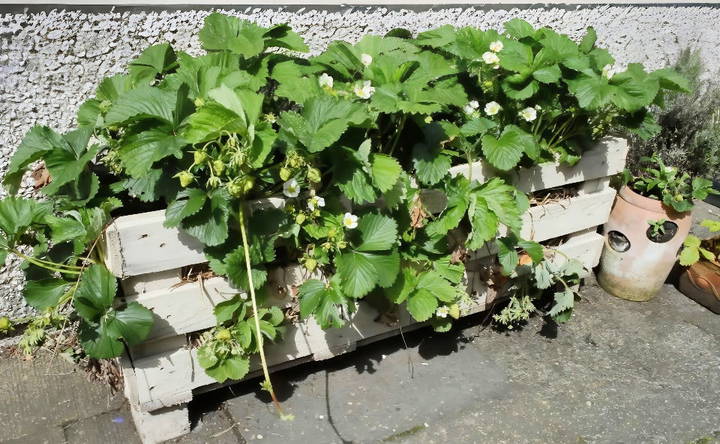
Pest Management and Disease Prevention
Keeping your strawberry plants healthy and productive involves protecting them from pests and diseases. Here's a straightforward guide to help you manage these challenges effectively:
Identifying Common Pests
Watch out for these usual suspects.
- Aphids: Tiny insects that cluster on the undersides of leaves, causing curling and distortion.
- Spider Mites: Microscopic pests that weave webs on plants and cause leaves to turn yellow and drop.
- Slugs and Snails: They munch on leaves and fruits, especially in damp conditions.
Preventing Diseases
Prevention is better than cure. Here's how to keep diseases at bay:
- Good Airflow: Space your plants properly to allow air circulation, reducing the risk of fungal diseases.
- Cleanliness: Remove dead leaves and debris to prevent the spread of disease.
- Proper Watering: Water at the base to keep the foliage dry and less prone to fungal infections.
Organic Control Methods
Natural solutions can be effective:
- Neem Oil: A natural pesticide that controls many pests and diseases.
- Insecticidal Soap: Use it to treat infestations of aphids and mites.
- Beneficial Insects: Encourage ladybugs and lacewings that feed on harmful pests.
Cultural Practices
Simple habits make a big difference:
- Crop Rotation: Change the planting area every few years to disrupt pest and disease cycles.
- Soil Health: Enrich the soil with compost to support strong plant growth.
- Mulching: Use straw mulch to keep the soil moist and deter pests.
By implementing these practices, you can maintain a healthy strawberry patch that's less likely to suffer from pest infestations and diseases.
Seasonal Care Guide for Strawberry Planters
Caring for strawberries in planters requires attention to the changing needs of the plants with each season. Here's a simple, jargon-free guide to help you through the year:
Spring
Spring is the time for planting and growth:
- Planting: Start your strawberries after the last frost. Choose a sunny spot because strawberries love the sun.
- Feeding: Use a balanced fertilizer to give your plants a good start.
Summer
Summer brings warmth and the main growing season:
- Watering: Strawberries need more water as the temperatures rise. Keep the soil moist but not waterlogged.
- Mulching: A layer of straw can help retain moisture and keep the roots cool.
Autumn
Prepare your plants for the cooler weather:
- Reducing Water: As the weather cools, reduce watering to prevent root rot.
- Pruning: Remove any dead or diseased leaves to keep the plants healthy.
Winter
Winter is the time for rest and protection:
- Insulation: Protect your plants from frost by covering them with fleece or straw.
- Winterizing: In very cold areas, move potted strawberries to a sheltered spot like a garage.
By following these seasonal tips, your strawberry planters will thrive and produce delicious berries year after year.
FAQs About DIY Strawberry Planter
Discover answers in our faqs about DIY strawberry planters. Learn the best tips, materials, and methods for growing thriving strawberries at home.
The best type of planter for strawberries can vary based on your space and preferences. Generally, strawberries thrive in raised beds, pots, hanging baskets, and vertical planters. Vertical planters are especially good for saving space and ensuring proper drainage.
Strawberries prefer well-draining soil with a slightly acidic pH. You can buy a soil mix designed for strawberries or make your own by mixing garden soil with compost and peat moss. It's important to ensure the soil is fertile and has good drainage.
Strawberries need plenty of sunlight to grow well. Aim for at least 6-8 hours of direct sunlight per day. If you're growing strawberries in a planter, you can move it around to catch the most sunlight throughout the day.
The best time to plant strawberries is in early spring after the last frost. This gives the plants enough time to establish themselves before the warm summer months. In warmer climates, strawberries can also be planted in the fall.
Strawberries in planters need consistent moisture but do not like to be waterlogged. Water your strawberries whenever the top inch of soil feels dry, usually about 1-2 inches of water per week. During hot or windy weather, they may need more frequent watering. Always check the soil before watering to avoid over-saturation.
Conclusion:
I found building my own DIY strawberry planter box incredibly rewarding and straightforward. This simple guide will definitely help you enjoy fresh strawberries in no time.


